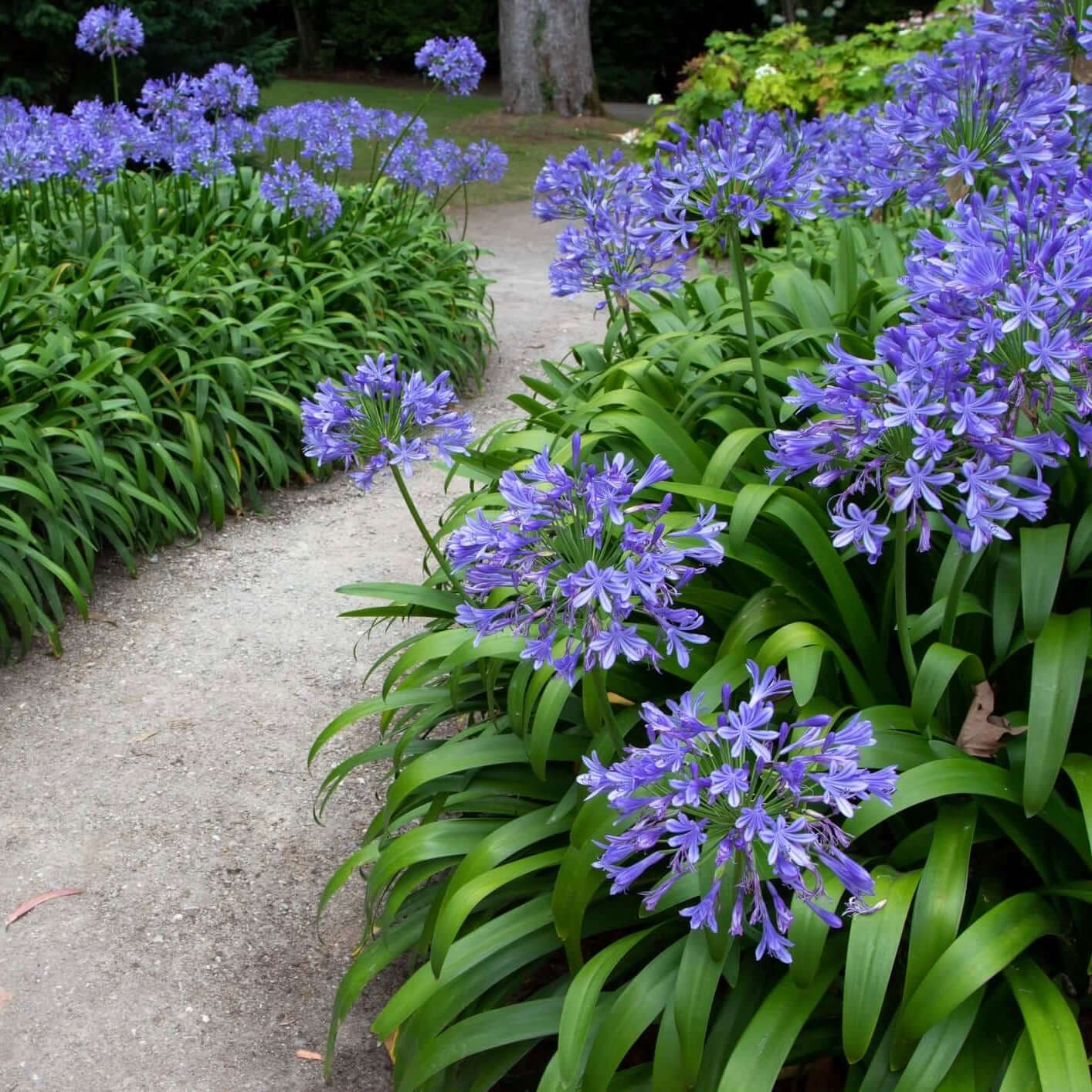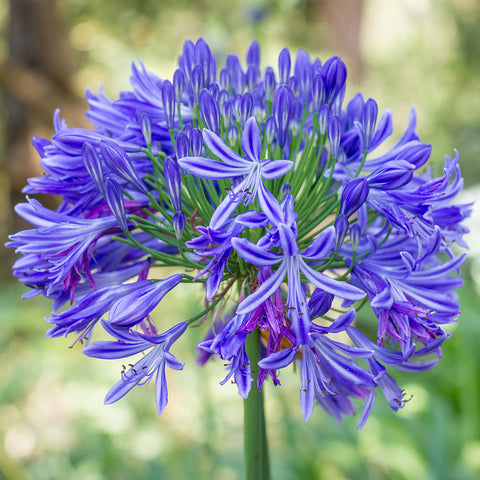Typical Agapanthus Problems and How to Solve Them
Typical Agapanthus Problems and How to Solve Them
Blog Article
Mastering the Art of Agapanthus Treatment: Important Steps for Healthy And Balanced Development and Dynamic Blossoms
In the realm of horticulture, the cultivation of agapanthus stands as a satisfying venture for those who seek to nurture these sophisticated flowering plants. From choosing the right variety to grasping pruning techniques, the journey towards growing prospering agapanthus plants is diverse and holds the essential to unlocking the full possibility of these organic treasures.

Choosing the Right Agapanthus Variety

When picking the ideal Agapanthus variety for your garden, think about factors such as environment viability, blossom color, and development habit. In addition, take into consideration the climate in your area to ensure the Agapanthus variety you pick can grow in your certain problems. Understanding the growth routine of various Agapanthus ranges is essential for proper positioning within your garden.
Perfect Planting Problems
Considering the ideal ecological demands is vital for effective Agapanthus growing. Agapanthus plants are delicate to cold temperature levels and ought to be secured from frost throughout wintertime months.
To guarantee healthy growth and dynamic blooms, plant Agapanthus bulbs at a deepness of regarding 2-4 inches and room them 8-12 inches apart. Adding raw material, such as garden compost, to the soil can boost drain and fertility, promoting robust root growth. Mulching around the base of the plants helps maintain wetness and subdues weed growth. Routine watering is essential, specifically throughout the expanding season, to keep the soil continually wet however not saturated.
Watering and Fertilizing Tips
Maintaining correct wetness degrees and providing important nutrients are essential elements in the treatment regimen for Agapanthus plants. It is essential to strike an equilibrium when it comes to sprinkling Agapanthus. These plants like regularly moist dirt but are prone to root rot if overwatered. Throughout the growing period, water deeply once a week, making certain the soil is well-draining to stop waterlogging. In hotter environments or during periods of drought, even more constant watering may be needed to keep the dirt uniformly wet. However, minimize watering in the winter to avoid waterlogged problems.
Feeding Agapanthus is crucial for advertising healthy growth and prolific blooms. Use a well balanced fertilizer, such as a 10-10-10 formula, in the very early spring as brand-new development emerges. By following these click here for more watering and feeding pointers, you can guarantee your Agapanthus plants thrive and produce vibrant, long-lasting blooms.
Trimming Techniques for Agapanthus
Trimming Agapanthus plants at the ideal times and with appropriate strategies is essential for maintaining their wellness and advertising optimal growth and blooming. The suitable time to prune Agapanthus is in late winter months or very early spring before new growth arises.
Deadheading spent flowers can likewise redirect the plant's power right into producing even more blossoms rather than setting seeds. If you desire to collect seeds for proliferation, leave some flowers to fully grown and completely dry on the plant.
Remember to make use of tidy, sharp devices to make exact cuts and decrease the risk of presenting diseases. Agapanthus. Routine trimming will assist maintain your Agapanthus looking cool and healthy while guaranteeing visit here a bountiful screen of beautiful blossoms
Handling Common Pests and Diseases
After making sure appropriate trimming methods for Agapanthus, it is crucial to attend to usual pests and illness that can affect the wellness and vitality this of these plants. One typical insect that affects Agapanthus is the Agapanthus gall midge.
One more typical concern is fungal fallen leave area, which provides as dark sores on the leaves. To stop fungal diseases, ensure good air blood circulation around the plants, stay clear of above watering, and remove any type of contaminated fallen leaves quickly. Furthermore, Agapanthus plants can deal with origin rot if they are planted in badly draining dirt. To avoid this, plant Agapanthus in well-draining dirt and prevent overwatering. By being attentive and taking punctual activity versus illness and parasites, you can help your Agapanthus plants flourish and produce dynamic blooms.

Conclusion
In conclusion, mastering the art of agapanthus treatment includes picking the appropriate variety, providing suitable planting problems, appropriate watering and fertilizing, ideal pruning techniques, and addressing common pests and conditions. By following these crucial actions, you can make sure healthy development and lively blossoms for your agapanthus plants. Bear in mind to regularly keep an eye on and maintain your plants to advertise their overall well-being and durability.
To make sure healthy growth and lively flowers, plant Agapanthus light bulbs at a depth of concerning 2-4 inches and area them 8-12 inches apart. By following these watering and feeding pointers, you can ensure your Agapanthus plants thrive and produce vivid, resilient flowers.
One usual bug that impacts Agapanthus is the Agapanthus gall midget. In addition, Agapanthus plants can endure from root rot if they are planted in improperly draining soil. By adhering to these important steps, you can guarantee healthy and balanced development and lively flowers for your agapanthus plants.
Report this page